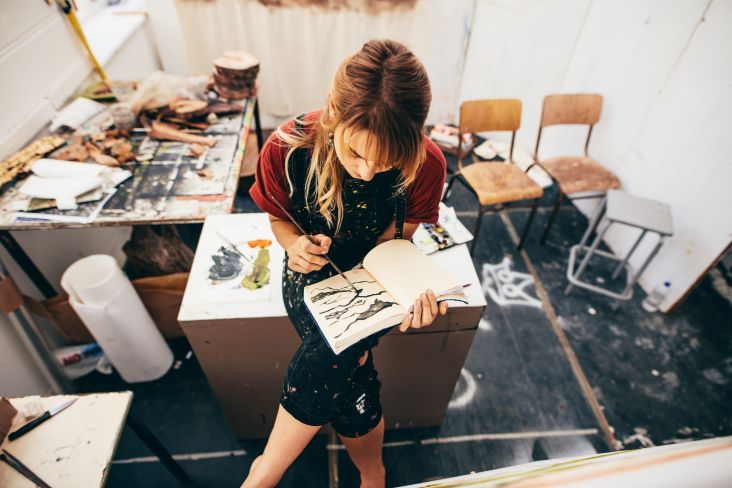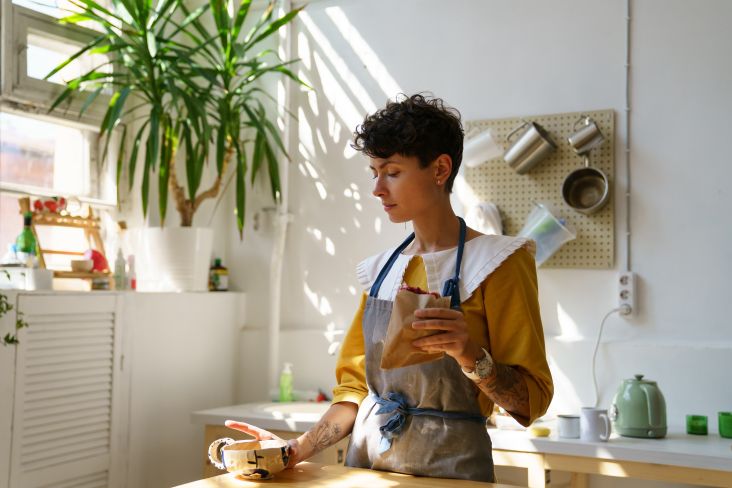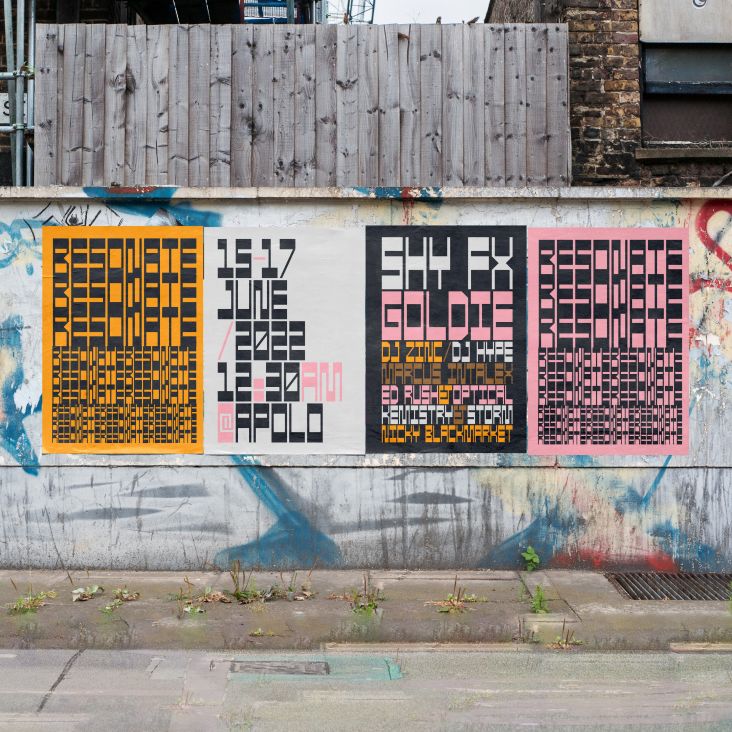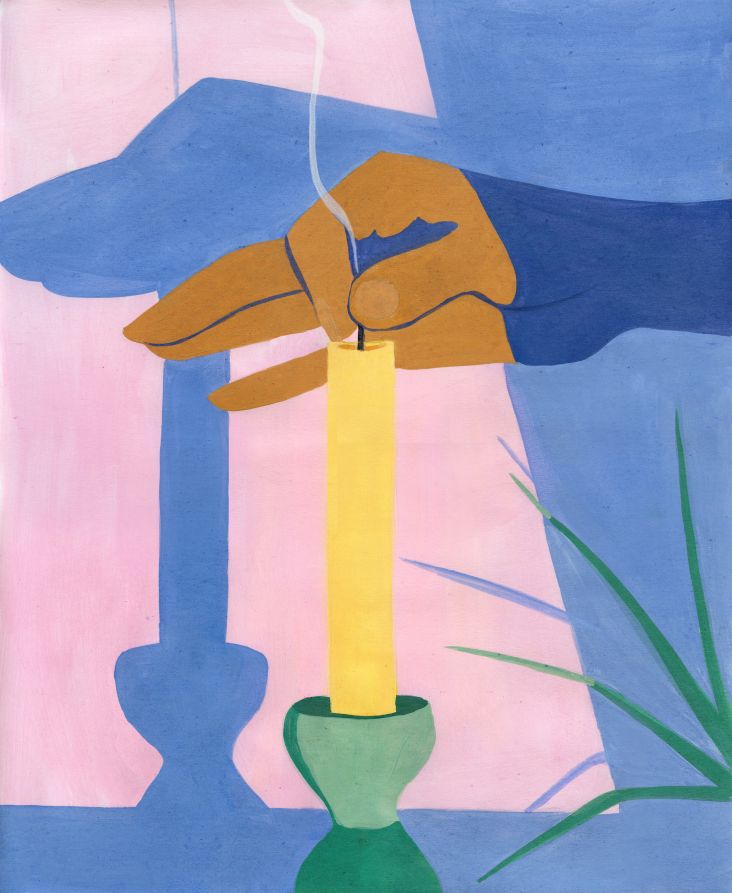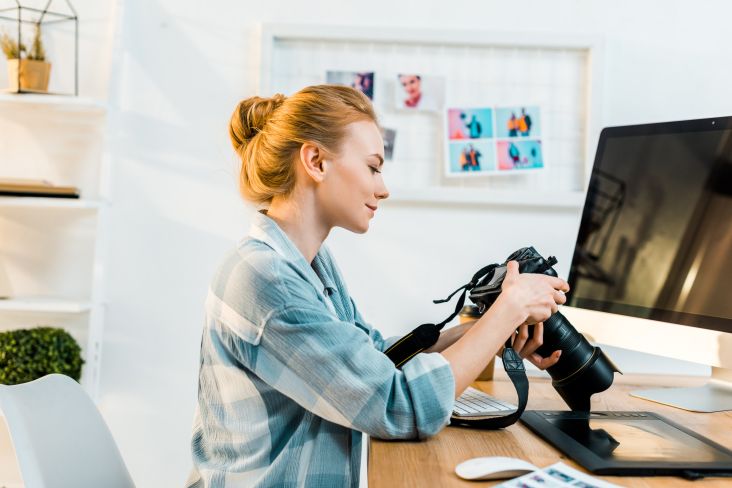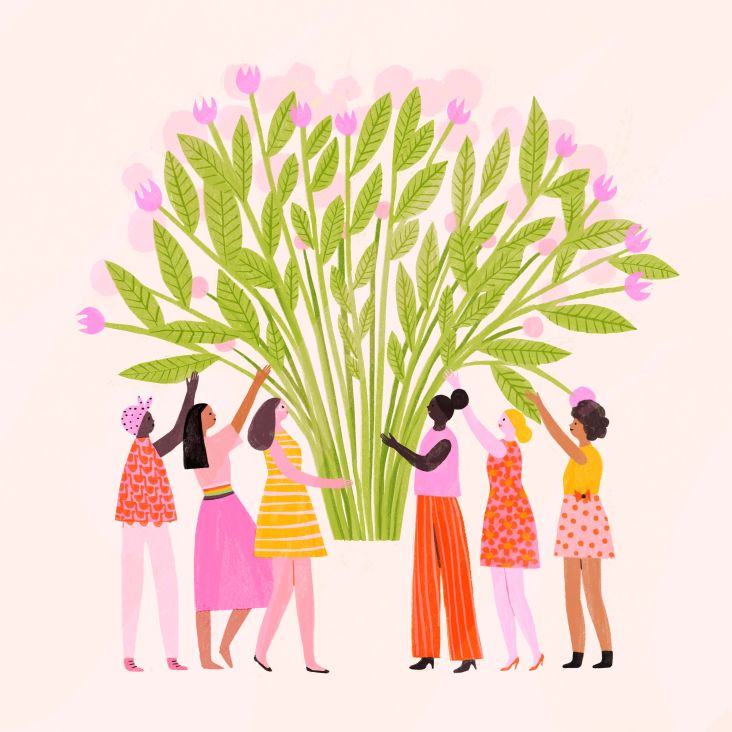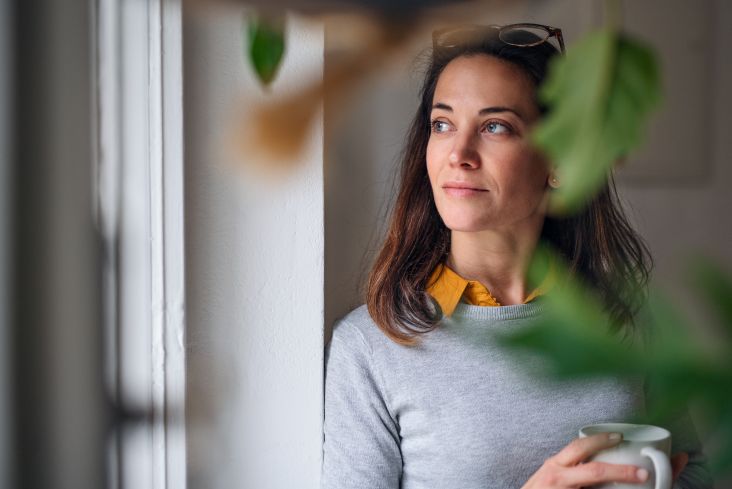Bored of Apes? Here's an artist's guide to NFTs that won't drive you bananas
Assuming you're not living on a desert island with a volleyball named Wilson, you've likely heard of NFTs, for better or for worse. It's no secret they've blown up the past few years, and if you're an artist of any kind, you've likely come across them more than the average person.
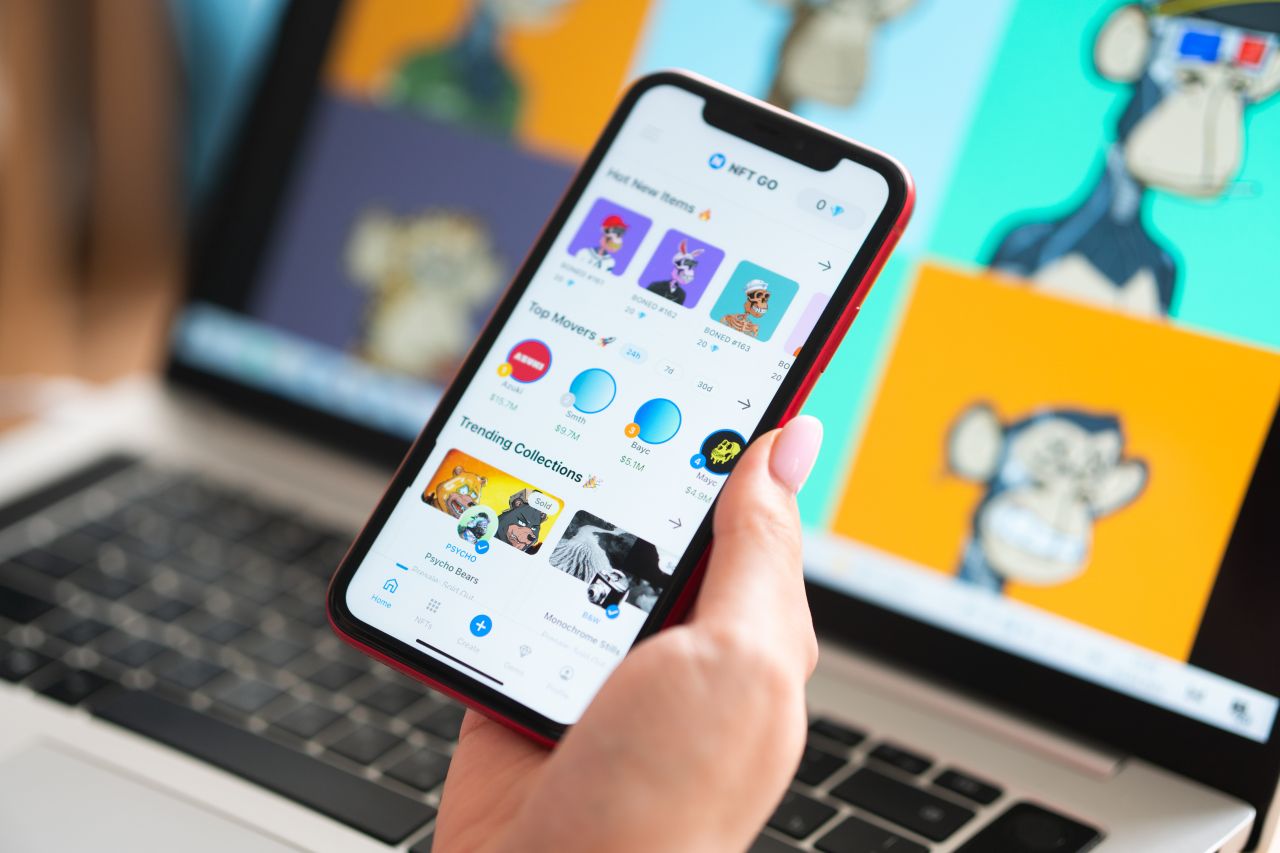
Bored Ape Yacht Club. Image licensed via Adobe Stock (By Jimmy Tudeschi)
A small number of hyped-up NFT projects get a lot of media attention, while thousands of excellent projects go unnoticed by the general population. As an artist, finding out that an 8-bit profile picture sold for hundreds of thousands of dollars can be frustrating. However, underneath a pile of pixelated punks and jaded primates, there are a ton of incredible projects that serve the larger creative community, do philanthropic work, and provide opportunities for artists to thrive.
If projects like Bored Ape Yacht Club seem overrated to you, that's because they are. Let's focus instead on some key aspects of how NFTs can benefit artists, along with some exciting projects that are a great place for a newbie to start.
A Brief History of NFTs
An NFT, or a non-fungible token, is a digital asset stored on a blockchain. Currently, visual NFT art is the most popular, but an NFT can be anything, including writing, photography, and music. An NFT's proof of ownership is impossible to forge or lose because of blockchain technology, which provides an encrypted ledger of ownership and exchange history.
The term NFT was coined in 2017 by the creators of Crypto Punks, but the industry has experienced an explosion since 2018. In 2021 alone, the market was valued at over $41 billion USD. Some industry experts anticipate the sales of NFTs will surpass the sales of fine art in 2022.
Leading the NFT explosion are collectibles, or series of randomly generated PFPs, meaning 'profile pics.' The collections consist of portraits or artwork with varying traits drawn by an artist and created via an algorithm. The code randomly pairs traits together to create one image, whether it be a human, cat, ape, or something completely different, like varieties of boba tea or even abstract art.
The first huge collection of PFP NFTs was Crypto Punks, a collection of 10,000 unique 8-bit style 'punks' which were initially given away for free in 2017 by Larva Labs. As of April 2022, the cheapest Crypto Punk is currently selling for 67 Ethereum, a blockchain and cryptocurrency, which equals about $233,440 USD. In the top 10 most expensive NFTs sold ever, Crypto Punks make up 5 of them. The most expensive one sold for $23.7 million USD.
Every time an NFT is bought, sold, or traded on a marketplace, the creators earn royalties from a percentage of the sale. It's not much to gawk at when a project is starting up, but when your art sells for millions and there are 10,000 individual pieces of art, NFTs generate an unimaginable amount of money.
Case Study: Bored Ape Yacht Club
Amongst the standout collections of PFP NFTs, Bored Ape Yacht Club is one of the biggest and loudest. The Web3 creative firm Yuga Labs created the Apes in April 2021, with the generative PFP style clearly inspired by Crypto Punks. Each ape has a different combination of traits, including a variety of bored and apathetic facial expressions, hence their name. At their launch, the 10,000 randomly generated apes sold for about $136 each. The cheapest Bored Ape now sells for $135,000 and is growing rapidly.
It's important to mention BAYC when talking about NFTs because no other NFT project saw such rapid adoption and growth. Celebrities like basketball star Steph Curry and musician Post Malone made their Apes their Twitter profile pictures. Justin Bieber bought one for over a million dollars. The attention around the project raises the price of the individual NFTs, so all it takes to bring a collection massive success is the right person to share it on social media.

Bored Ape Yacht Club. Image licensed via Adobe Stock (By Ascannio)
Can Code-Generated Art Truly Be Art?
PFP generative projects have been overwhelmingly more popular than individually created pieces of art minted as NFTs, also called 1 of 1s. In creating generative NFTs, the computer code is doing 90% of the heavy lifting. It would be impossible for a single artist to create 100,000 individual hand-drawn and coloured ape portraits in their lifetime. Therefore, generative art allows artists to work with computers to expand the possibilities of their work.
How does it work?
Generative projects utilise a series of layers drawn by an artist, with variations of each layer. Then code will take those layers and randomise them to create limitless variations. Some traits are rarer than others, making the NFTs with that trait more expensive. Let's say you have five background elements and five foreground elements. If you run those layers through the code, you'll end up with 25 variations. Now, consider having ten backgrounds, ten bodies, 10 fur colours, ten facial expressions, ten hats, etc. You get the picture (literally and figuratively). You can quickly have over 100,000 code-generated images made from elements rendered by an artist.
Many people see this as a revolutionary collaboration between artists and machines. Others see this as a destructive diminishment of the human element of art. Which perspective you hold is entirely up to you.
How NFTs Benefit Artists
NFTs are a medium. They're another tool in the vast toolbox artists carry with them. The creative process is the same, whether you're working with oil paints or working with an Apple Pencil on Procreate. For example, few would disagree that Instagram has played a large role in the explosion of the tattoo industry. There have always been tattoo artists, but Instagram became a visual tool for them to share their work and grow their audience. Similarly, NFTs are a tool, not the art itself.
Like all tools and mediums, NFTs have certain benefits that lead artists to choose them. Here are just a few:
1. Building a community for fans of your art.
If you've checked out any NFT project, it's likely you've come across Discord and Telegram chat invite links. Artists have the opportunity to build a dedicated community of people who love their work. If your artistic style has a certain vibe, you will draw people with similar interests to your project.
An example is the Mystic Sisterhood project, 7,777 witchy PFP NFTs created by Irish artist Lisa Manton. At any moment in the Discord server, fans of the project are swapping spells and sharing their full moon plans. There are channels for discussing crystals, tarot, and astrology. This is an excellent showcase of an artist building a strong community with shared passions.
2. Allowing your audience to play a role in the creation and use of your art
In most quality NFT projects, the audience will be a part of the creation process. In many cases, artists build their communities before the first mint, which is the first time their NFTs are available for purchase. Many NFT projects hold similar values to DAOs, or Decentralized Autonomous Organizations, a work and community structure of mutual ownership and collaboration.
An example is the Honey Badges NFT project, built around community involvement and social activism. The 10,100 fiery honey badger PFPs were created by a Maori-Australian artist Sarana Haeata, whose unique style has benefitted many successful digital art projects.
Owners of Honey Badges can vote for community grants given to different social impact organisations. Applications are submitted and approved based on need. At each milestone of sales, the Honey Badges community votes for new grants.
The most recent grant was given to Gabriella Amini, a Congolese poet and activist who fled the Congo and became a fearless advocate for women's rights. She founded We Empower Her, an organisation to aid, educate, and empower refugee girls and women. The grant will fund the creation and publication of her first volume of poetry.
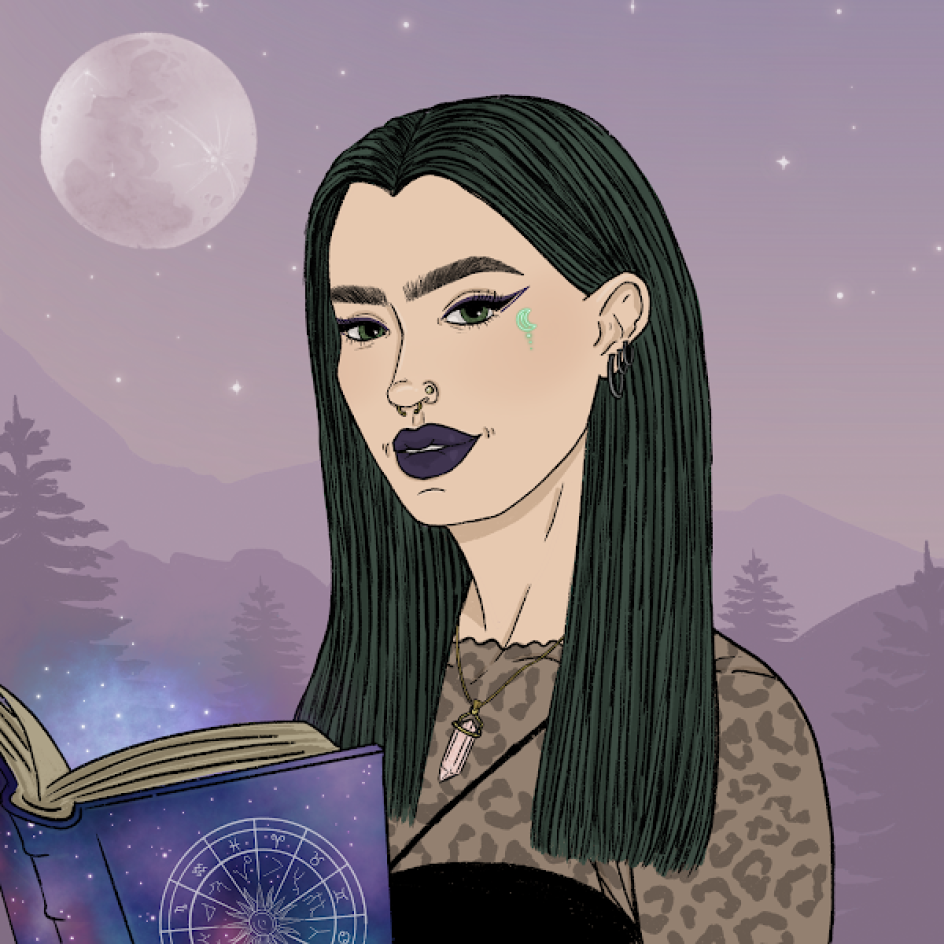
Mystic Sister. Image courtesy of the artist.
3. Retaining an audience
NFT projects give an artist's audience ownership of their work, which is no small transaction. Once a person trusts and admires art enough to purchase it, immortalising it on the blockchain, they've made an investment. This incentivises owners to stay connected, look out for future collections, and collect the artist's work.
4. Passive income
As previously mentioned, NFTs make their creator's income through royalties, a percentage of the cost of the NFT as it's sold and traded. NFTs, particularly code-generated PFP collections, are treated much like beanie babies. People collect them, trade them, and search for variations with the traits they want. The larger the community surrounding the project, the more trading and selling will take place, which is a perfect segway to the next benefit of creating NFTs for artists.
5. A more sustainable work/life balance
For many centuries, artists have been taken for granted, often overworked and underpaid. This only increased with the rise of the internet. The explosion of content consumption put pressure on artists of all types to create constantly, posting daily to build and maintain an audience. This unrealistic expectation leads to burnout, turning passion into poison. NFT projects make it possible for artists to make a liveable wage without burning out.
An excellent example of this is Scab Shop, a collective of globally recognised tattoo artists collaborating on an NFT project. The idea came from Scott Campbell, who gained international recognition from his project Whole Glory, where strangers stuck their arms through a hole and allowed Campbell to tattoo whatever he wanted onto their skin.
Known for pushing the boundaries of tattooing and fine art, Scab Shop was created to break the ceiling for artists and push the limits of tattooing as an art form. Tattoo artists are largely paid by the hour, their work remaining on one person's skin, unable to be sold or traded, and dying with the person whose skin it was applied to. The success of a tattoo artist is measured by how booked their calendars are, sometimes for years in advance, which can lead to burnout. In an interview on the Proof podcast, Campbell says, "Everything changes if the images hold the value rather than those hours in the chair."
Members of Scab Shop can purchase original, one-of-a-kind tattoo artwork by a collective of 10 artists of all different styles and backgrounds. Purchase of a tattoo NFT also gives the owner a single tattoo appointment to get the artwork applied to their skin. When the tattoo artist applies the tattoo, they update the smart contract of ownership to reflect that the tattoo has been applied.
The owner of each NFT can get the tattoo themselves or hold the NFT to sell or trade until the tattoo is applied. After the application of the tattoo, the NFT still exists forever and can be held, traded, or sold. For the first time in history, people can pass their tattoos down for generations after them.
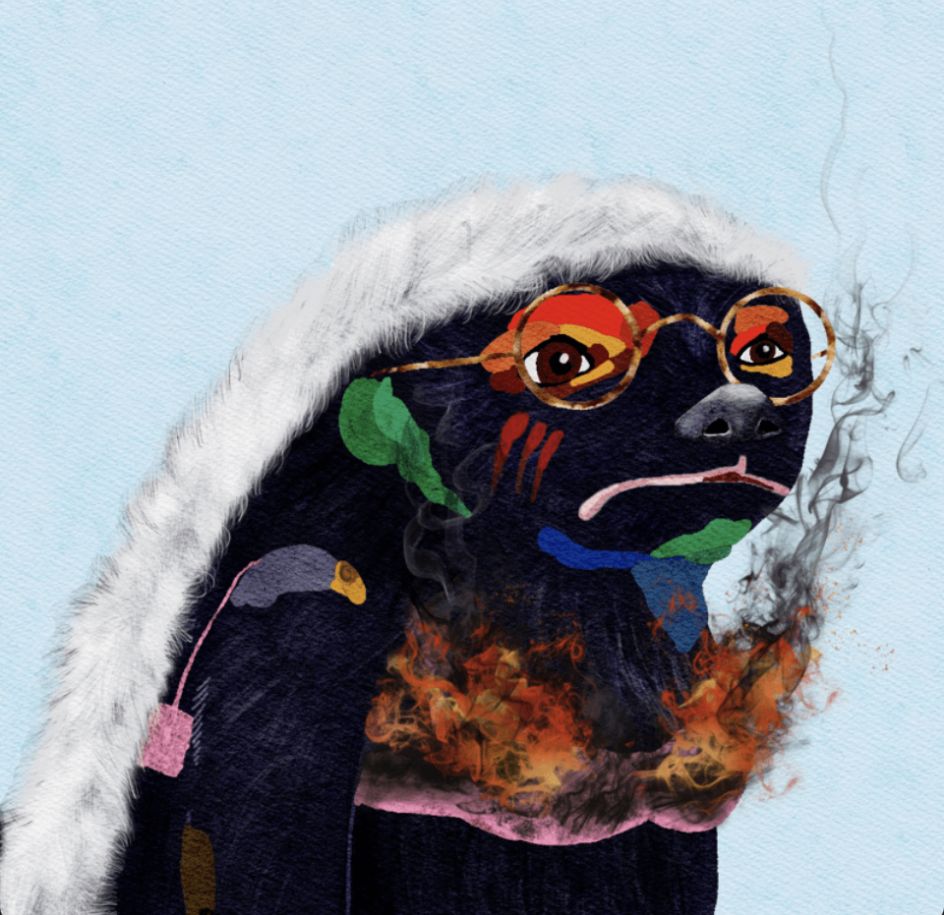
Honey Badges. Image courtesy of the artist.
Key Takeaways
If you're looking to get involved with NFTs, my best tip for getting started is to find a project or artist who inspires you and join their community. Learn the lingo, get acclimated to the way people communicate, and familiarise yourself with the tools they use, like Discord and Telegram. People who are passionate about an NFT artist or collection are, in most cases, very warm and welcoming to newcomers.
If there is one thing you take away from this article, let it be this. Do your own research. If you find a project you like, look into the artist, the team behind the project, their community, and the work. Look at the other holders of their NFTs and what they're like. Focus more on your personal connection to the art than social media hype, and don't purchase an NFT based on what the crypto community calls FUD: fear, uncertainty, and doubt.
NFTs can be overwhelming at first, but after a few weeks of getting to know the space, you'll be surprised how quickly you adjust to this new art form. Underneath the apes and punks, there are tons of innovative, creative, and unique artists and collectors seeking a community to grow together. Know that there is always room at the table, and if you want to be there, make your voice heard. In Web3 communities, everyone plays a part, no matter their artform, talent, or skill.
I'll end with one acronym you will likely stumble across in your travels through the world of NFTs. WAGMI. WAGMI means 'we're all gonna make it.' I think it does a great job of capturing the collaborative communities found in the world of NFTs.















